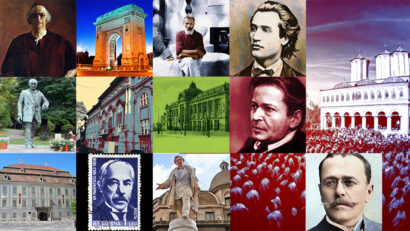
"Journey through the Bucharest of yesterday" is the title of an album signed by historian Cezar-Petre Buiumaci, based on the author's personal collection of postcards
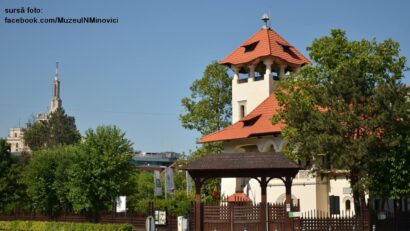
The building that houses the “Prof. Nicolae Minovici, Ph.D.” Folk Art Museum is one of the most iconic Neo-Romanian monuments in Bucharest

The earthly remains of the great prince have been brought home

The ASTRA Museum has revitalized the medieval guild house in the historic center of Sibiu, transforming it into a training, certification and cultural center.
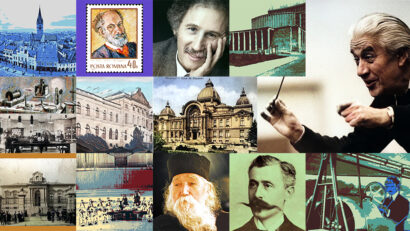
The conductor Sergiu Celibidache was one of the major personalities of European and international classical music in the second half of the 20th century
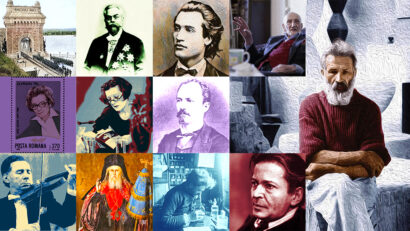
Some people leave behind powerful memories due to their striking personalities. One such personality was the historian Nicolae Iorga.
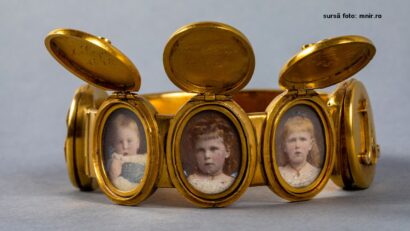
Queen Marie of Romania was born on October 29, 1875 in Kent, England.

In the Romanian culture, the name of Lucian Blaga is associated with excellence.

Callatis is an ancient Greek fortress, which later became a Roman city

The Roman Limes was a vast system of military roads and defence forts that made up the borders of the Roman Empire.

One of the languages specific to both South-Eastern Europe and the Middle East, which contributed to the creation of a common multicultural space, was the Ladino language, a language spoken by the Sephardic Jews.
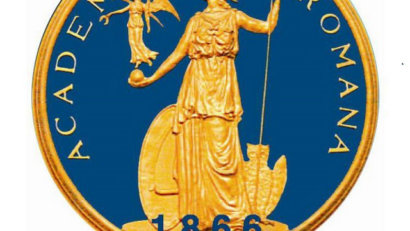
The Library of the Romanian Academy appeared in 1867

French lithographer, engraver and illustrator Dieudonné Auguste Lancelot was one of the foreigners who visited the Principality of Wallachia in the 19th century.

Coffee is considered today a universal social drink in various combinations and variants. It entered the Romanian space quite early, in the second half of the 16th century, brought by the Ottoman Empire

The history of Sephardic Jews in the Romanian regions starts back in mid-16th century and is related to the capital city Bucharest
